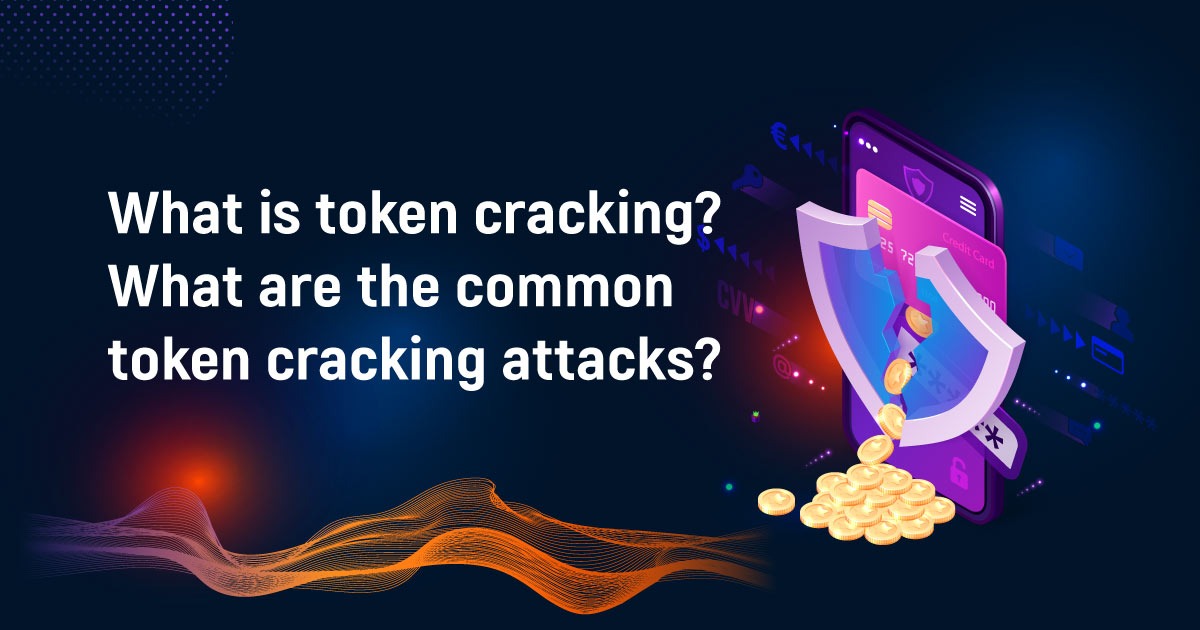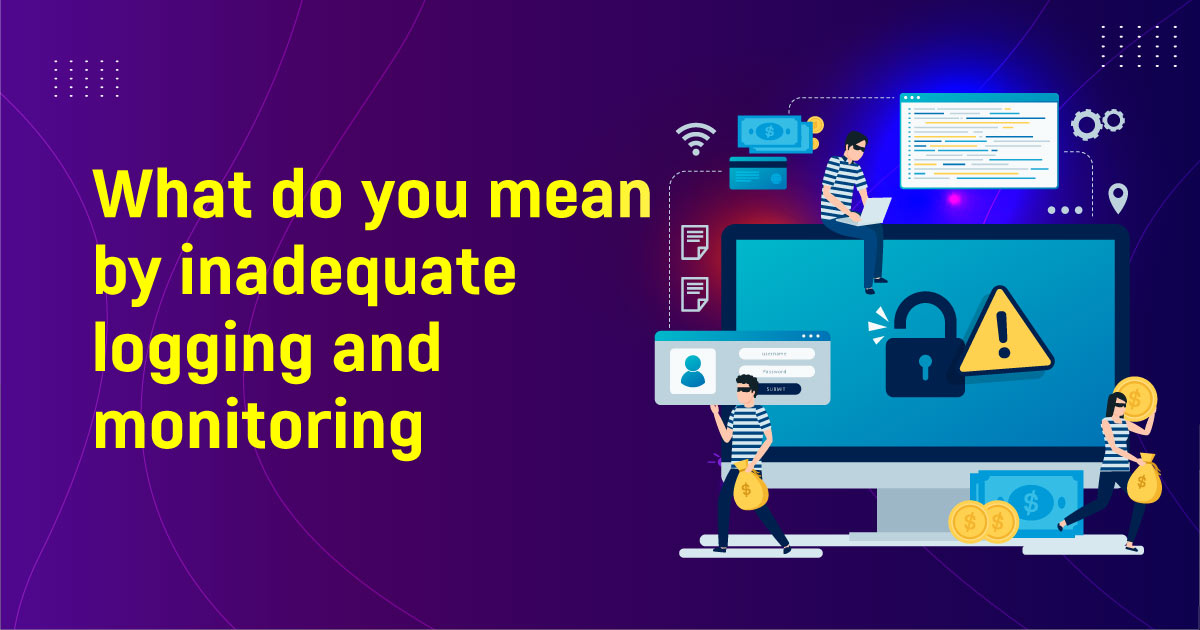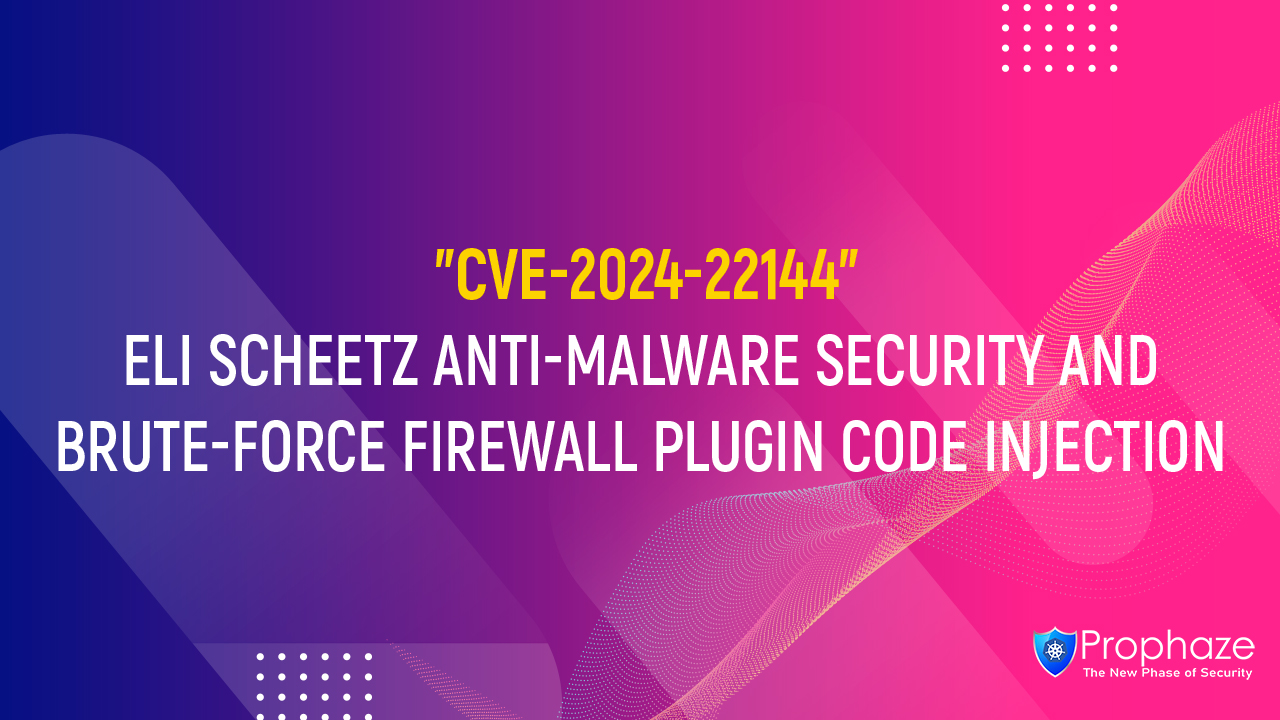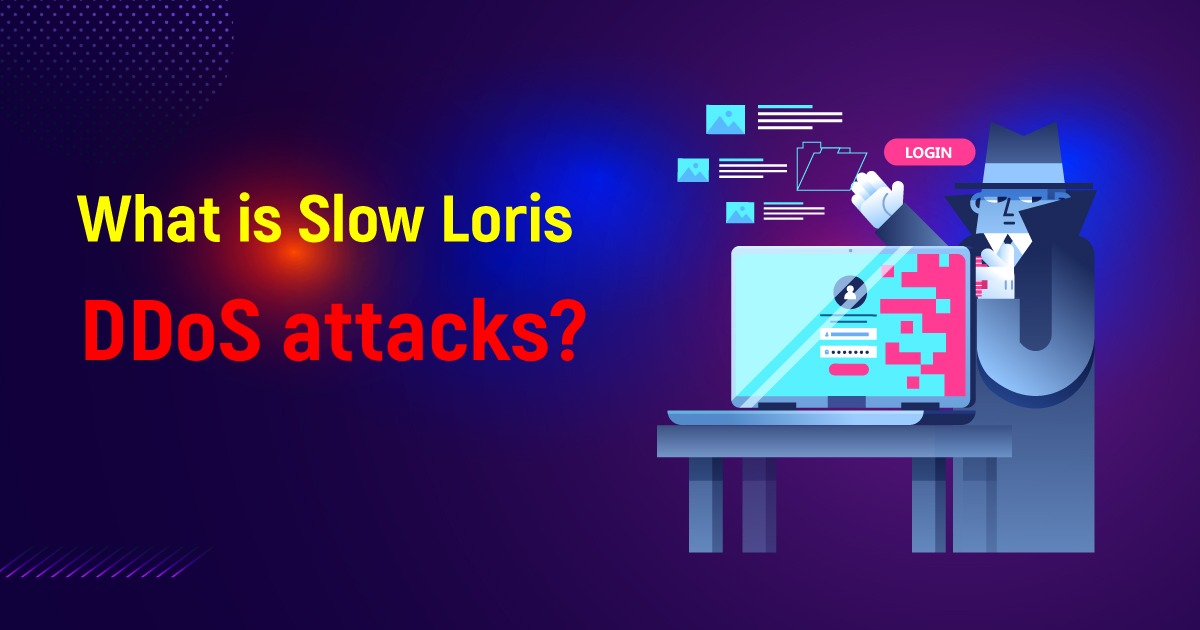Token cracking is a type of OWASP-identified automated threat that involves an attacker attempting to guess or crack access tokens or session IDs that are used to authenticate users on a web application. In this article, we will discuss the concept of token cracking and its various sub-topics.
What is Token Cracking?
Token cracking is an automated threat that involves an attacker attempting to guess or crack access tokens or session IDs that are used to authenticate users on a web application. Access tokens are used to provide users with access to specific parts of a web application, while session IDs are used to maintain a user’s session on a web application.
Types of Token Cracking Attacks
There are several types of token cracking attacks that attackers can use to exploit web applications, including:
Brute-Force Attacks:
This involves an attacker attempting to guess an access token or session ID by systematically trying every possible combination of characters until the correct one is found.
Dictionary Attacks:
This involves an attacker attempting to guess an access token or session ID by using a pre-built list of commonly used passwords or phrases.
Rainbow Table Attacks:
This involves an attacker attempting to guess an access token or session ID by using a pre-computed table of encrypted passwords.
Preventing Token Cracking Attacks

There are several measures that organizations can take to prevent token cracking attacks and protect their web applications, including:
Strong Passwords:
Users should be encouraged to use strong and unique passwords that are not easily guessable.
Access Token Expiration:
Access tokens should be set to expire after a certain period of time, to prevent attackers from using old or expired tokens to gain access to a web application.
Rate Limiting:
Rate limiting can be used to limit the number of login attempts an attacker can make in a given period of time, to prevent brute-force attacks.
Multi-Factor Authentication:
Multi-factor authentication can be used to add an additional layer of security to the login process, such as requiring a one-time password sent via text message or email.
Conclusion
Token cracking is a serious automated threat that can compromise the security of a web application and put user data at risk. By implementing effective measures such as strong passwords, access token expiration, rate limiting, and multi-factor authentication, organizations can help prevent token cracking attacks and protect their web applications from such cyber attacks.









